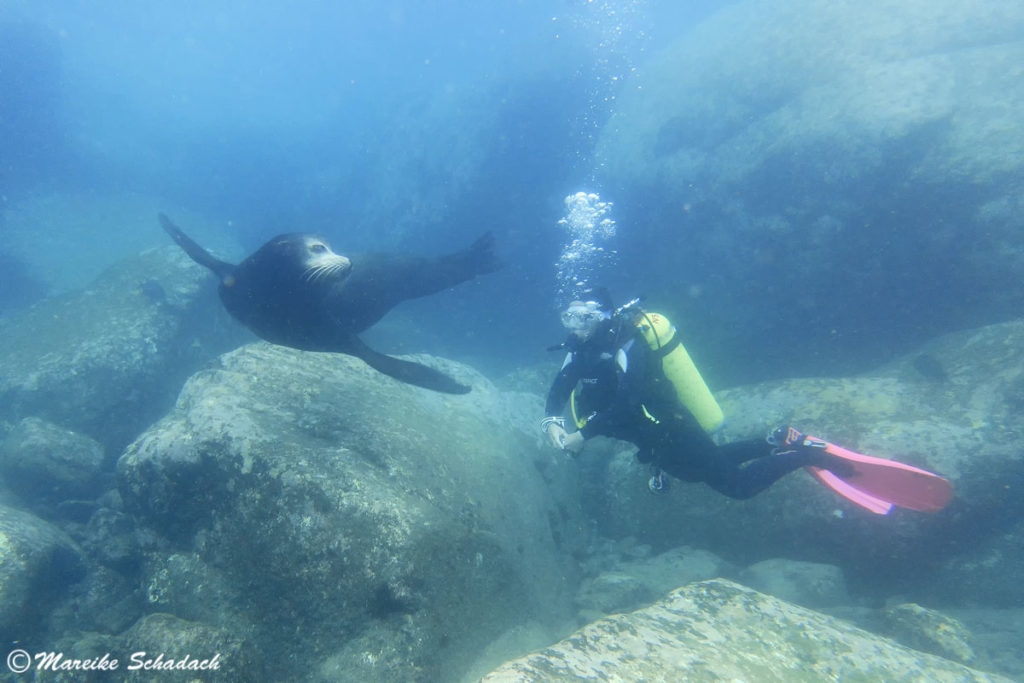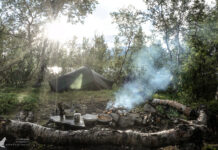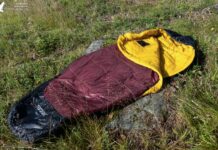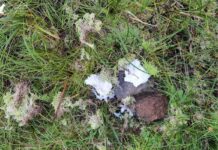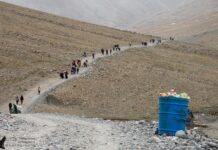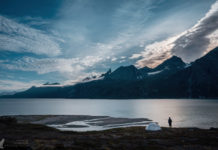Galapagos, Ecuador. San Cristóbal is the fifth largest island of the Galapagos archipelago. In the south of the island, there are several easily accessible places worth seeing, some of which you can visit on your own. Especially worth mentioning are the turtle hatchery, the lagoon of El Junco, and beaches teeming with sea lions. Read on to find out what you can discover on San Cristóbal. You'll also get lots of practical tips for wildlife watching.
Unassigned, unpaid advertising. The article contains affiliate links.
Here is a first overview of what you can do on your own on the Galapagos Island San Cristóbal:
#1 Puerto Baquerizo Moreno - Walk along the Malecón
#2 Snorkeling with sea lions at Playa Mann beach
#3 Interpretation Center and Tijeras Hill (Frigatebird Hill)
#4 La Loberia beach - nursery of the sea lions
#5 El Junco Lagoon
#6 Galapaguera de Cerro Colorado
#7 Puerto Chino Beach

#1 Puerto Baquerizo Moreno - Walk along the Malecón
The port city of Puerto Baquerizo Moreno is the capital and seat of the government of the province of Galapagos. With about 5,400 inhabitants, it is the second largest city in the archipelago after Puerto Ayora on Santa Cruz. It is also home to the city's airport, which receives daily flights from the mainland.
The city was founded in the middle of the 19th century by the colonist General Villamil. The island was named after Alfredo Baquerizo Moreno. He was the first Ecuadorian president to visit the Galapagos Islands in 1916.

It is only a few minutes from the airport by cab to the town center (cost: $5). The heart of the city is the Malecón Charles Darwin. The Malecón is one of the city's two main streets and runs along the waterfront. This is where the tour boats and ferries to Santa Cruz leave. In addition, most of the souvenir stores, restaurants, and tour operators selling ferry tickets and diving and snorkeling excursions are located here. The offer here leaves nothing to be desired.

But a walk along the Malecón is worthwhile mainly because of the beaches and the rocks. Because here sea lions, iguanas, crabs, pelicans as well as other sea birds cavort. It is fascinating to see how closely animals and people live together here. For example, it is quite normal for sea lions to make themselves comfortable on a bench or to mingle with the bathers.
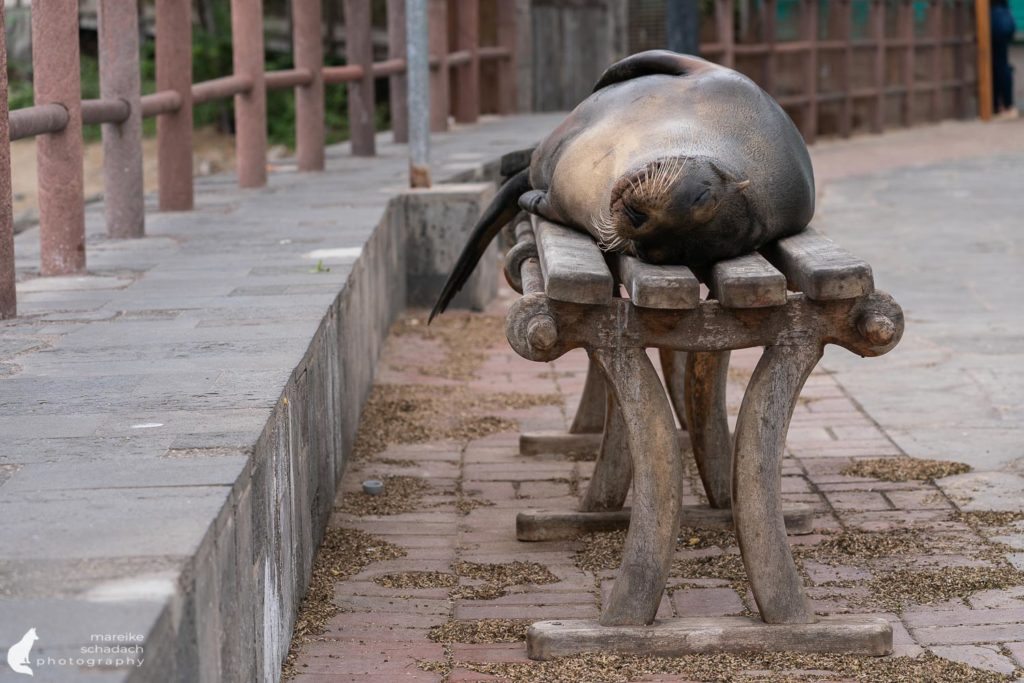
Galapagos Island San Cristóbal in numbers:
Area: 557 square kilometers
Maximum altitude: 730 meters
Population: about 6000
#2 Snorkeling with sea lions at Playa Mann beach
At the edge of Puerto Baquerizo Moreno, not far from the Interpretation Center, is Playa Mann beach. Here people and sea lions mingle with each other. Whereby the sea lions have clearly won the fight for the benches in the shade. Close encounters with sea lions are nothing unusual. Some of them crawl only a few centimeters next to bathers lying on the beach or look directly into the camera in the water.
For the small or big hunger there is a restaurant as well as a coffee bar with cake. There are also changing rooms and toilets.
Next to the beach, a short wooden path starts to the lighthouse.
Tip: All city beaches are perfect for watching the sunset, as they all face west.

#3 Interpretation Center and Tijeras Hill (Frigatebird Hill)
The Galapagos National Park Interpretation Center is located at the north end of town. Since 1998, it has presented the history of the Galapagos Islands and described the different ecosystems to interested visitors.
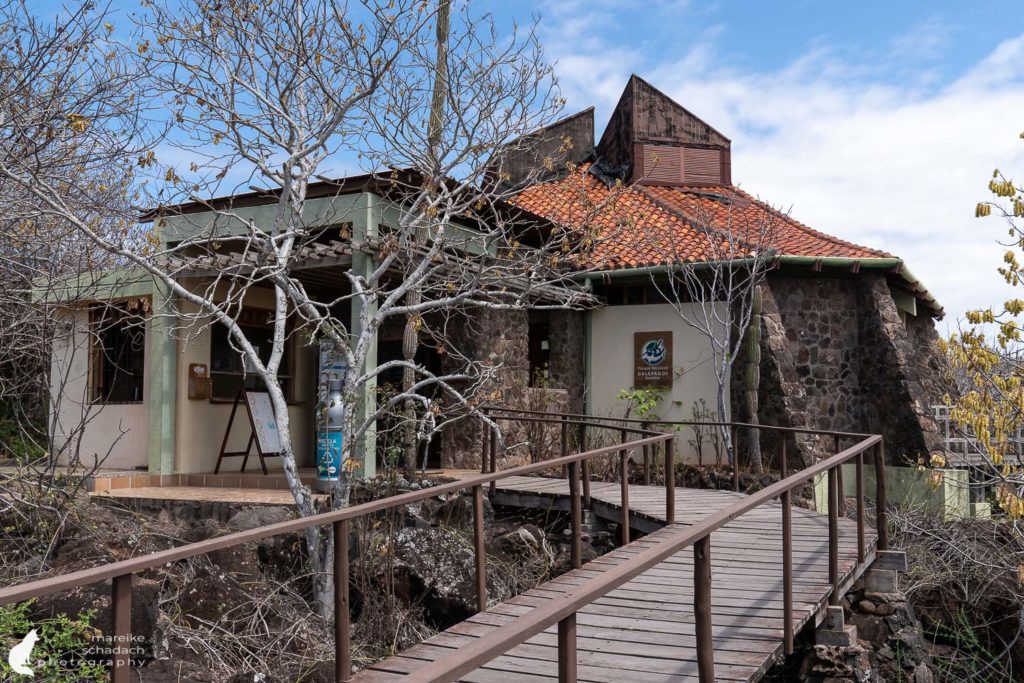
From the center also starts a worthwhile trail with several highlights:
- Carola Beach with sea lions
- Darwin statue at the viewpoint
- Snorkeling site
- Viewpoint Tijeras Hill (Frigatebird Hill)
From Frigatebird Hill you have a beautiful view of the turquoise Tijeras Bay with the entrance to the snorkel spot. From here you can also observe flying frigatebirds very well. That's where the name comes from. The Spanish word Tijeras means "scissors". And the frigate birds often have their tail feathers spread so that they look like half-opened scissors.
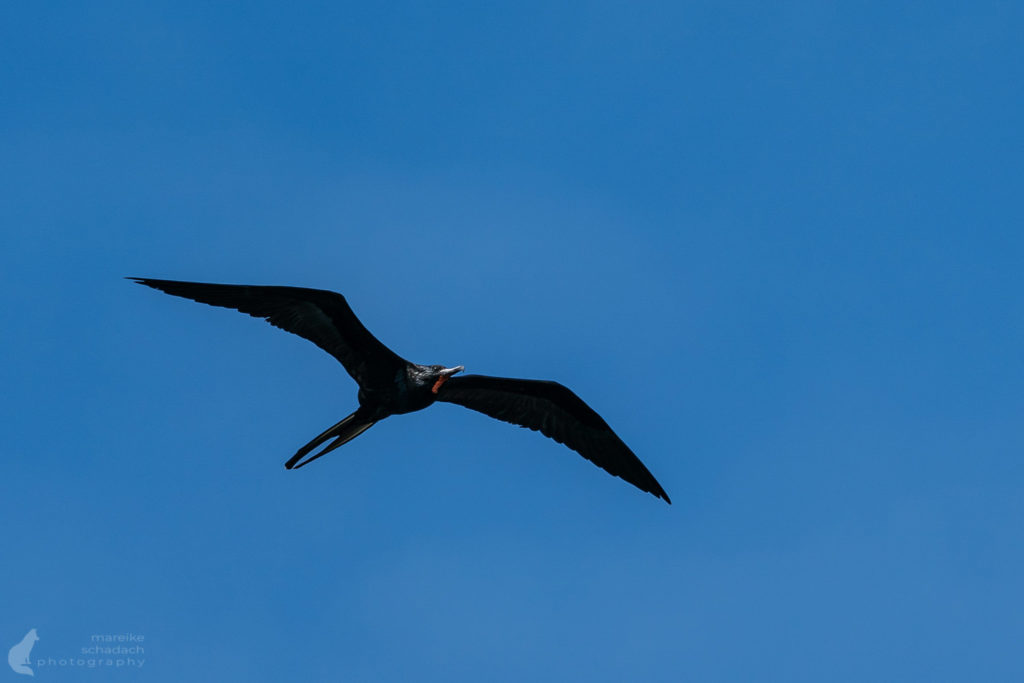
Behind the viewpoint, Tijeras Hill begins a narrow, about 2 kilometers long path to Playa Baquerizo. If you want to walk this path, you should plan about 45 minutes per direction. Unfortunately, we didn't have time for the hike, so I can't say if it's worth it.
Opening hours: daily from 7:00 to 12:00 and 13:30 to 17:00.
The entrance is free.

#4 La Loberia beach - nursery of the sea lions
The coral sand beach La Loberia is located a bit away from the city and is best reached by cab. Due to its remoteness and vastness, it is less visited. Sea lions, iguanas, and crabs are present here in large numbers. In addition, it seems to be a particularly popular nursery for seals (as the name of the beach suggests). Because at the eastern edge of the beach, several baby sea lions were lounging between the stones. The beach is also very good for snorkeling.


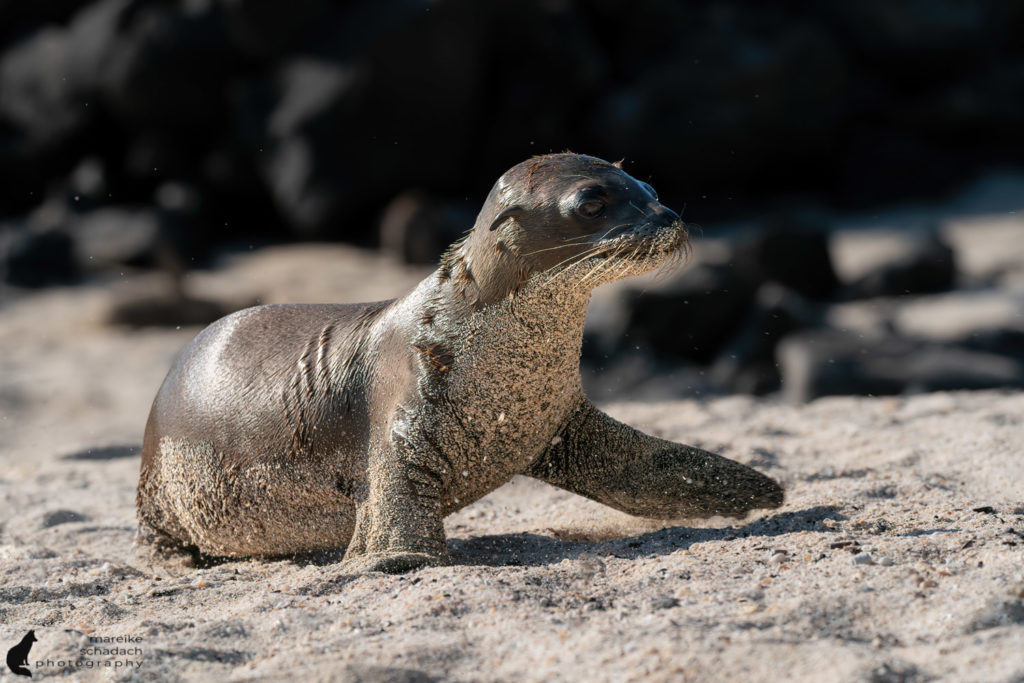
Remember: keep your distance and don't touch the sea lions! Especially the babies. Because as soon as one smells of humans, its mother may reject it.

The best way to reach the following three places is by cab. We rented a cab for 60 dollars for four hours and went to the freshwater lagoon El Junco, to the Galapaguera as well as to Playa Chino.
#5 El Junco Lagoon
El Junco Lagoon, fed by rainwater, is a caldera of an extinct volcano. It is located in the highlands of San Cristóbal at an altitude of 700 meters. The climate and vegetation are completely different up here than on the coast: it is cooler, humid and misty. The plants are green and lush and heavily overgrown with brown lichen. We encountered several finches on the steep uphill path to the crater rim. They were not very shy, often we did not disturb them at all.
From the crater, you should have a great view of most of the island. Unfortunately, it was totally foggy when we were there. The round way, which leads at once around the approximately 300 meters broad lake, we did not run therefore at all.

Are you looking for a place to stay in Puerto Baquerizo Moreno? I can highly recommend the Royal Galapagos Inn. It is simple, centrally located, quiet, and has a super delicious breakfast. The host is very friendly and helpful.
#6 Galapaguera de Cerro Colorado
The turtle hatchery on San Cristóbal is my absolute favorite when it comes to watching giant tortoises. A paved loop trail leads through a naturalized 12-acre enclosure. This is where the turtle's parents live. The young turtles are housed separately according to their age in smaller enclosures. Here they grow up safe from predators until they are released in the north of the island at "Los Galápagos" at the age of five to six years. A small exhibition informs about the turtle population on San Cristóbal and the reintroduction project.
The entrance is free.

#7 Puerto Chino Beach
Have you ever seen a green beach? No? Neither had I. Until I visited Puerto Chino. The beach is about 24.5 kilometers away from Puerto Baquerizo Moreno and invites you to stay. The sand is quite fine and the sandy bay is perfect for swimming. For snorkeling, however, the sandy bottom is less interesting. But the ubiquitous sea lions can make every snorkeling tour on Galapagos a unique experience.

At the end of the bay, there is a small viewpoint that you can climb. It is worth it. You have a great view over the beach and you can see some animals from up here. I could see a swimming sea turtle from the rock, which I surely would not have discovered from the beach.



Book Recommendations for Galapagos
You want to know where the journey goes? Then I can recommend these books*.
You can order the travel guides at Amazon by clicking on the pictures. If you buy a product via an affiliate link, I get a small commission and you help me to keep filling Fernweh-Motive with interesting articles. The product will not be more expensive for you and you do me a huge favor.
Have you ever been to the Galapagos Island San Cristóbal? How did you like it? Do you have any questions about my article? If yes, then write me a comment!
Do you want to know when there are new articles on my blog? Then follow me on Facebook, Pinterest or Instagram. I would also be very happy if you share my article with your friends.
Recommendations for further Reading
Do you love wildlife as much as I do? Then you might also be interested in my articles about the King Penguins of Tierra del Fuego or Diving with Sea Lions near La Paz, Mexico.

